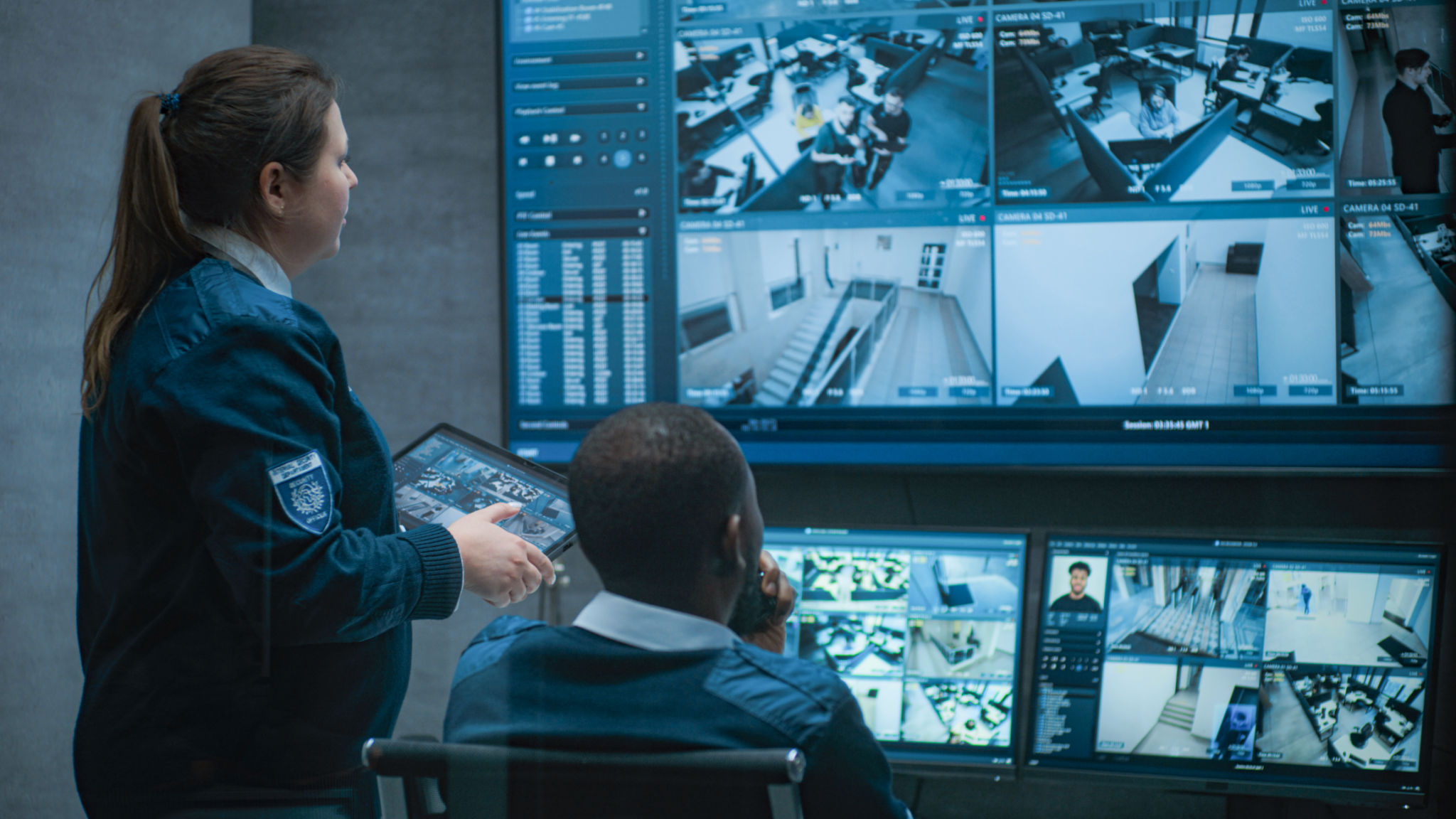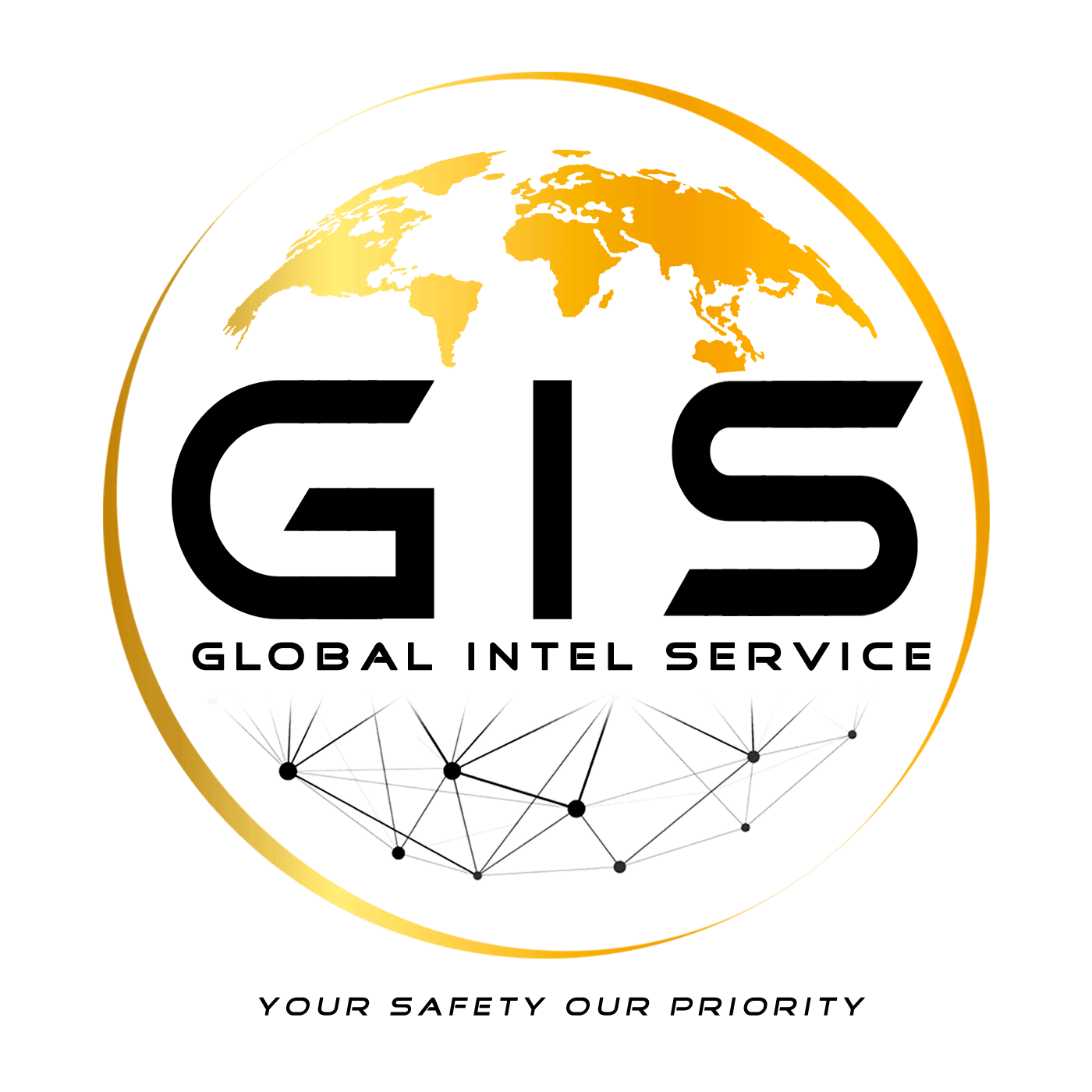Identifying Surveillance Gaps: How to Strengthen Your Security Framework
Understanding Surveillance Gaps
In today's rapidly evolving security landscape, identifying and addressing surveillance gaps is crucial for ensuring the safety and integrity of organizations. These gaps represent vulnerabilities where potential threats can go unnoticed, posing significant risks. By understanding these gaps, businesses can take proactive measures to enhance their security frameworks.
Surveillance gaps often occur due to a variety of factors such as outdated technology, inadequate coverage, or human error. Organizations must first understand where these lapses exist to adequately address them. This requires a comprehensive evaluation of current systems and processes.

Conducting a Security Audit
A thorough security audit is the first step in identifying surveillance gaps. This involves reviewing existing security measures, assessing their effectiveness, and identifying areas for improvement. An audit should cover all aspects of security, including physical surveillance systems, digital monitoring tools, and personnel protocols.
During the audit, consider the following steps:
- Evaluate current surveillance equipment and technology for obsolescence.
- Identify blind spots in camera coverage and areas lacking sufficient monitoring.
- Review access control systems to ensure they are up-to-date and effective.
Leveraging Technology to Fill Gaps
Technology plays a vital role in filling surveillance gaps. Investing in modern surveillance systems with advanced features such as motion detection, night vision, and facial recognition can significantly enhance security coverage. Additionally, integrating systems with artificial intelligence and machine learning can improve monitoring efficiency by automating threat detection and alerting security personnel in real-time.

Cloud-based solutions offer scalability and flexibility, enabling organizations to expand their surveillance capabilities as needed without significant infrastructure changes. These technologies can be integrated with existing systems to create a cohesive security network that minimizes gaps.
Training and Awareness
A key component of strengthening your security framework is ensuring that all personnel are trained on the latest security protocols and aware of potential threats. Regular training sessions can help employees recognize suspicious behavior and understand the importance of maintaining vigilance. This not only helps in preventing incidents but also ensures a quick response should a security breach occur.
Encourage open communication within the organization regarding security concerns. An informed workforce is an empowered one, capable of contributing to a safer environment.

Continuous Monitoring and Improvement
Security is not a one-time effort but an ongoing process. Continuous monitoring of surveillance systems and regular updates to security protocols are essential for maintaining a robust defense against potential threats. Implementing a feedback loop where incidents are analyzed can provide valuable insights for further improvements.
Regularly assess the effectiveness of your security measures through simulated breaches and drills. These exercises can help identify unforeseen gaps and provide opportunities for improvement.
Conclusion
By identifying surveillance gaps and taking strategic steps to strengthen your security framework, organizations can better protect themselves against potential threats. A combination of auditing, leveraging advanced technology, training personnel, and continuous improvement is essential for creating a comprehensive security strategy. In an ever-changing threat landscape, vigilance and adaptability are key to safeguarding assets and ensuring peace of mind.
